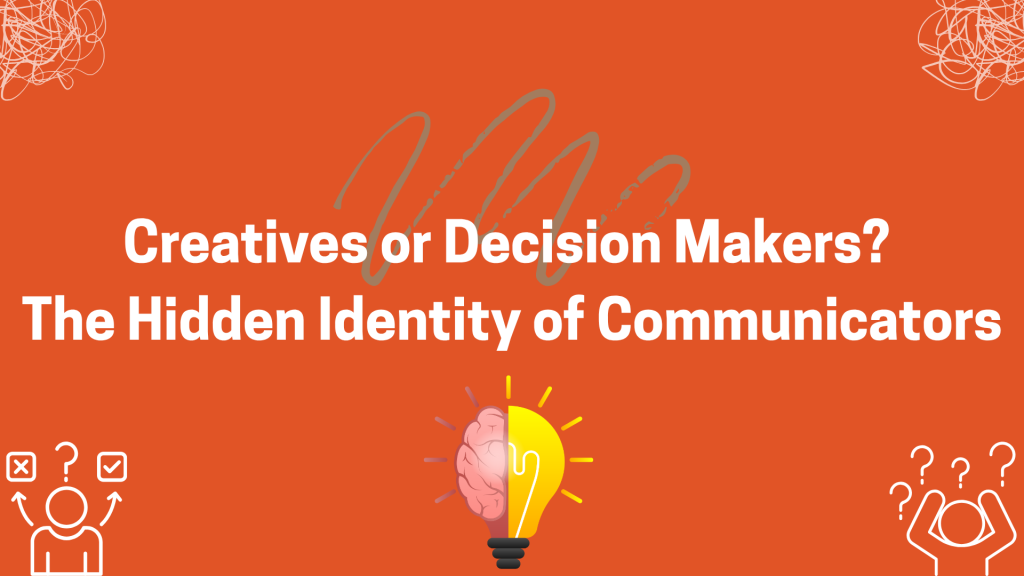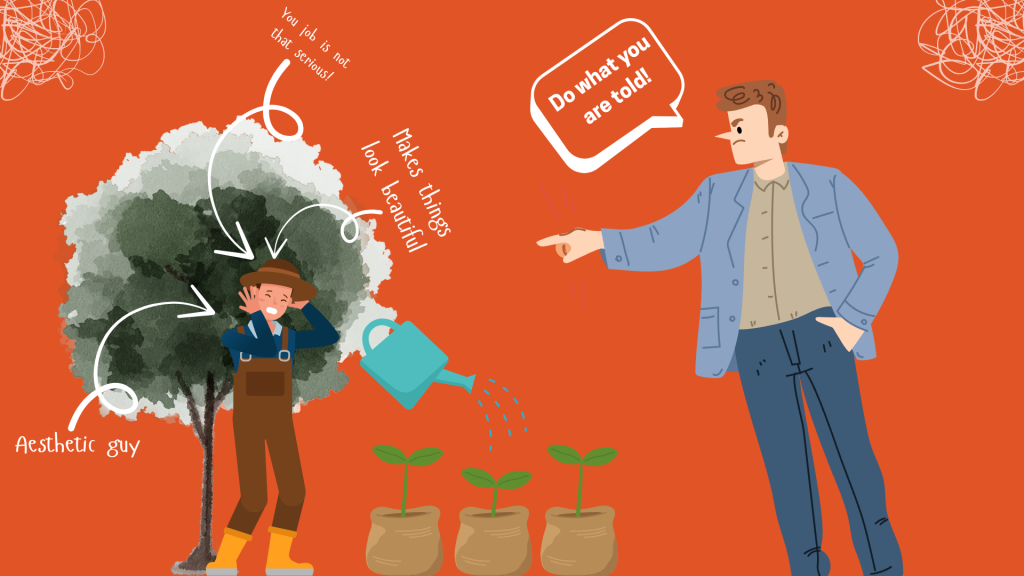
“Vai, can you please take a nice photo? I have dressed well today. It took a long time to do the make-up!”
If you are a communications expert, this is something you must have gone through at some point in your career. In fact, this request may be something you encounter frequently. If you are a documentary or a street photographer (like me), this request may bother you since you are neither equipped nor motivated to take high-quality portrait photos. Your concentration has always been to tell the real-life story in a harsh, catchy way. A way that inspires your audience with direct truth.
What do you do when these requests are made? You could take a photo and share it with the requester, only to hear that you’re not considered a good photographer. Or you deny the request with a gentle smile, leading to a negative impression of your egoistic approach. Neither is great, right?
Who is to be held on trial for this heinous situation? You? Or the requester? Well, you say.
My 8+ years of experience in marketing communication tell me something different, deeper. The problem derives from our very approach to treating communications as part of an organization’s or an operation’s seamless, continuous journey. Let’s see an autopsy now, shall we?

Communication, despite being a chief part in any operations or organizations, is often treated as an ornament – it’s important, but not that important to be seated at the decision-making table. We are the gardeners who don’t decide which plants to plough; rather, we only grow them to achieve the expected outcomes. Isn’t it?
Let’s think about our job roles and their contribution to whichever system we work in. We have the following roles:
- The mirror job: Imagine your organization is launching a new program, project, or product. Who tells the story to the target audience? Communication. What would happen if the story were told wrong? The entire thing will become a crisis. It will hinder expected results, or worse, stop the whole endeavor while it’s still in its early stages.
- The mediator: You understand the audience, their needs, the language they speak, and an appealing and comprehensive presentation approach that will do the job. If you are not there, a proper reflection will not be created.
- The coordinator: However, the program or operations team must give you information. Among all those jargons they specialize in, do they know what to share and what not to share? No. They don’t. You are the guy who asks the right questions to answer the right ones. Then take it to the world outside, wrapping and dissecting information to disseminate through multiple media, in various formats.
- The voyager: Your journey starts with the program team and ends in the outside world. If you do not sit at the decision-making table, imagine how it will go: an incomplete interpretation, confused communication with stakeholders, and the world outside. Don’t you agree?
Communication is not only about communicating. It involves and encompasses an entirety. From research, project management, to strategy creation and on-field campaigns, communication experts must excel.
Now, let’s get back to the first line of this article. Photo and video, hence media creation, despite being a crucial part of this job, do not define the entirety of it. It only covers 10-15% of the job. It’s not really inspiring for us when we realize our colleagues do not know what we do beyond our aesthetic appeal. This leads to poor cooperation and poor output. It is high time we broke the myth about our roles and shared how connected we are with the decision-making table.

How to break this barrier? Well, of course, through communication. We should share, reinforce, and demonstrate our roles, explain the process, and showcase the hardships to make colleagues more empathetic towards our existence. We expect people to understand that communication is a widely spread genre. Communication guys are not supposed to be Superman; they specialize in a few sectors that take lifelong perseverance.
Therefore, while asking for a beautiful photo, one should think about whether they are comfortable with the request. Because the requester’s preconceived expectations and frustrating expression may eventually hurt a hard-working colleague. This may lead to a passive withdrawal, planting a poisonous seed of toxic culture in the very face of an organization, communication, and in every department, to get the best out of their endeavors.
